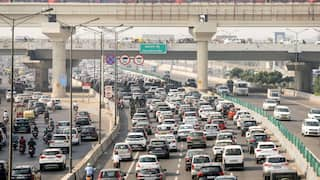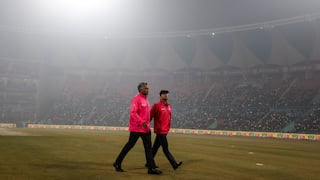Banking Sector Outlook Revised To 'Improving' For FY23, Says Ind-Ra Report
The agency expects credit growth to pick up to 10 per cent and sees gross non-performing asset ratio at 6.1 per cent for the next fiscal year

Mumbai: India Ratings and Research (Ind-Ra) has revised its outlook on the banking sector to 'improving' from 'stable' for 2022-23, helped by better credit demand and strong balance sheet of lenders.
For next fiscal year, the agency expects credit growth to pick up to 10 per cent and sees gross non-performing asset (GNPA) ratio at 6.1 per cent.
“We have revised the outlook on the overall banking sector to improving for FY23 from stable, as the banking system's health is at its best in decades. The improving health trend that began in FY20 is likely to continue into FY23,” the agency said.
Key financial metrics are likely to continue to show improvement in FY23, backed by strengthened balance sheets and an improving credit demand outlook with an expected commencement of the corporate capex cycle.
The agency's stable outlook on public sector banks (PSBs) for FY23 reflects reasonable capital buffers, low overhang of corporate stress in terms of expected slippages and manageable impact of Covid-19.
It expects PSBs to look for growth across sectors and benefit from loan recoveries, considering their highest profitability in the past six years.
The stable outlook on large private banks for 2022-23 indicates their continued market share gains in both assets and liabilities. Most have strengthened their capital buffers and proactively managed their portfolio, it said.
As growth revives, large private lenders are likely to witness continuing market share gains due to their superior product and service proposition. The agency has marginally revised its credit growth estimates to 8.4 per cent for 2021-22 and 10 per cent for next fiscal year.
“The growth will be supported by a pick-up in economic activity post the first quarter of FY22, higher government spending on infrastructure and a revival in retail demand,” Ind-Ra Director Karan Gupta said.
The agency expects leverage to start building up in 2022-23 on account of a revival in capex, increased working capital demand due to a higher output, higher exports and commodity inflation.
Gupta said the GNPA ratio is estimated at 6.3 per cent and stressed assets at 8.7 per cent in 2021-22 and at 6.1 per cent and 7.6 per cent, respectively, in next fiscal year.
The stressed asset ratio (GNPA + restructured) in the retail asset segment is expected to almost double to 5.7 per cent at end-FY22 from 2.9 per cent at end-FY21, whereas for the MSME segment, it could increase to 15.8 per cent from 11.7 per cent.
The agency said the corporate segment's stressed assets would slightly drop in the ongoing fiscal year to 10.4 per cent from 10.8 per cent in 2020-21 on account of recoveries from a couple of large accounts and ongoing recoveries and upgrades in other smaller corporate accounts.
For 2022-23, the agency expects stressed assets in retail to decline to 4.9 per cent on account of recoveries. In case of MSMEs, bad assets may increase to 16.7 per cent, and fall to 10.3 per cent in corporate segment on account of a continuing trend of recoveries.






































